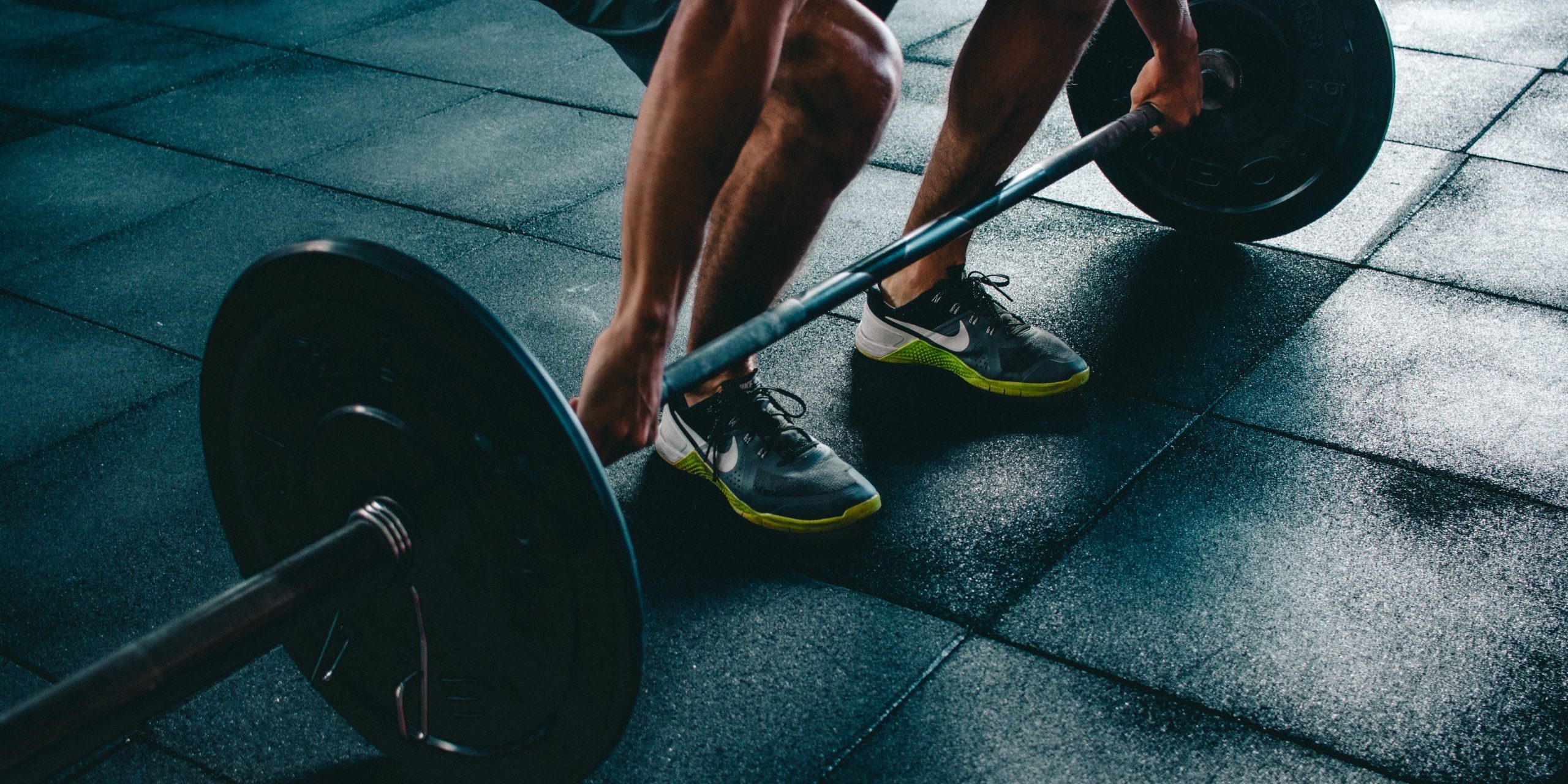They say that history repeats itself. It has to, because no one listens. Sometimes that feels true of research. After PureGym CEO Humphrey Cobbold weighed into the lockdown reopening debate to complain that ‘it’s all very well to hear that tennis and golf are reopening, but let’s be honest, those are rich people’s sports’, SMS investigates again the evidence behind the commonly repeated refrain.
Mr Cobbold’s statement tells us more about the financial plight of gyms and leisure facilities during the COVID-19 crisis. He is right to point out the privations that several months of refunds and no revenues, including the vital New Year period, will have caused to the industry. He is also right that gyms form an important part of the matrix of the sports and exercise experience. They offer rented access to fitness equipment that may otherwise be unaffordable. They provide safe spaces to run, bike or lift when it is dark or icy. They provide classes, training programmes and friendships that can make people accountable to others for their progress and therefore encourage them to train or exercise when external pressures might otherwise prove too distracting.
What was unfortunate about Mr Cobbold’s statement was that he did not take the opportunity of prime airtime to remind the public of any of these things. Instead, he used it to attack other sports, to protect his bottom line at the expense of, rather than alongside sports which may well be complementary.
In fact, a greater proportion of those PureGym members paying Mr Cobbold’s bills may be tennis players and golfers than he might like to think. Those ‘rich people’ he took the opportunity to disparage on Sky News may be gym goers. In fact, SMS research from during the pandemic suggests that gym goers are twice as likely as the general population to play golf and more than twice as likely to play tennis.
Even if his own internal data suggests that PureGym members specifically do not play these sports, that is not to say that they cannot or should not. If Cobbold and others are looking to raise revenues by reaching new audiences in the post-lockdown world, he could do a lot worse than consider partnerships with tennis, golf, or other sports clubs whose members might well consider a gym a good investment alongside their other sporting commitments.
There is simply no need for those genuinely interested in the mental and physical health of the nation to start setting one sport against another. Tennis and golf are not identical to gyms, but their differences have much more to do with what they offer than who they attract. These sports, and others that Cobbold might have mentioned, including team sports, other racquet sports and outdoor pursuits, offer myriad benefits, including fresh air, socialisation, and competition. Our Sport Actives research, conducted just before the pandemic took hold, highlights how tennis players feel both happier and healthier than the general population. As for golf, an increasing body of evidence collated by The R&A is documenting the extraordinary breadth and depth of the links between golf and health.
The other side of the coin that Cobbold might find a more uncomfortable truth is that it is all sport and activity that is in some senses, a rich person’s game. Activity and income are inseparable. New SFIA and SMS participation research on behalf of the Physical Activity Council (PAC) in the USA, a programme described as ‘the gold standard’ by ESPN, chronicles this link, highlighting that 41% with income under $25,000 are inactive, compared to only 14% of those from households with income over $100,000. In between these extremes, activity rises with income.
Turning to gyms in the UK specifically, when SMS took the nation’s pulse at the start of the first lockdown in 2020, our research suggested the same pattern, with the number of gym users at the start of the pandemic similar among those earning under £20,000 and £20,000-£35,000 but rising progressively in higher income brackets. In that sense, the challenge of making gyms more accessible to the average man and woman across the country is not distinct from the challenge of making tennis, golf and hundreds of other sports more accessible too. Doing that requires sports to work together rather than compete with each other.
Sports Marketing Surveys helps sports businesses understand the players, fans, trade and stakeholders who matter. It operates the PAC participation research which calculates participation rates in 116 sports in the USA, and also operates a range of bespoke and syndicated work for sports brands, facilities, events and retailers across the globe. For more information, please contact john.bushell@sportsmarketingsurveys.com



